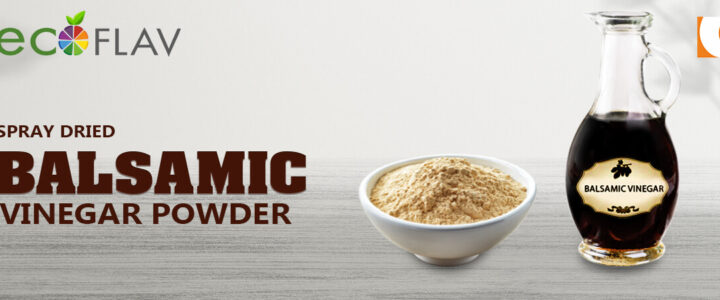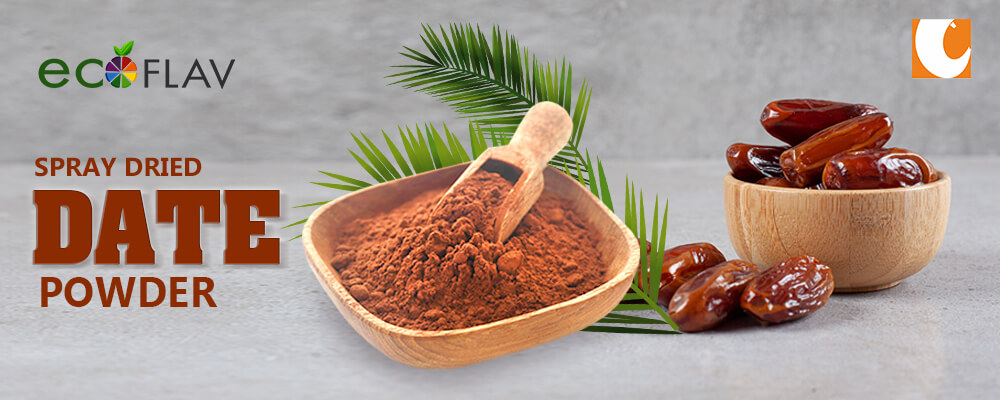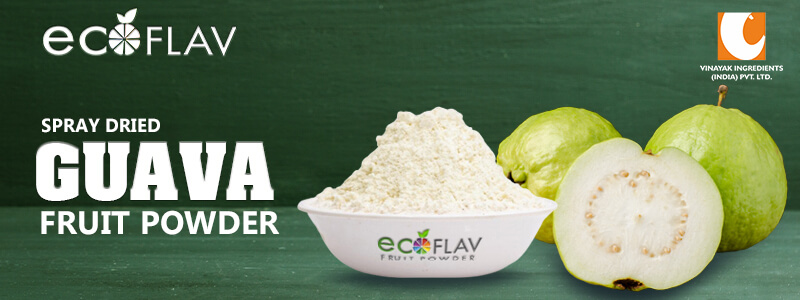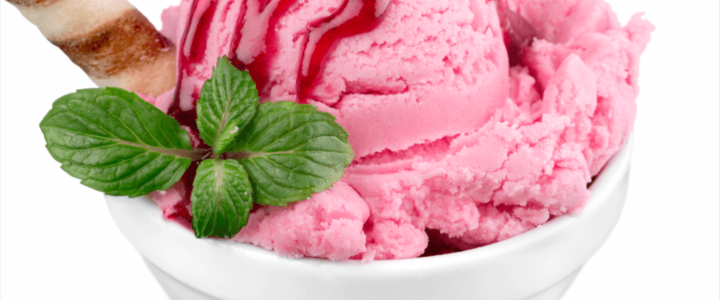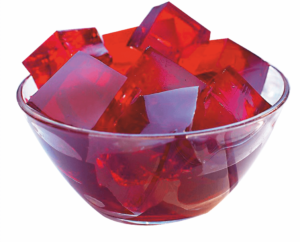Embracing the Magic of Balsamic Vinegar Powder: A Culinary Delight
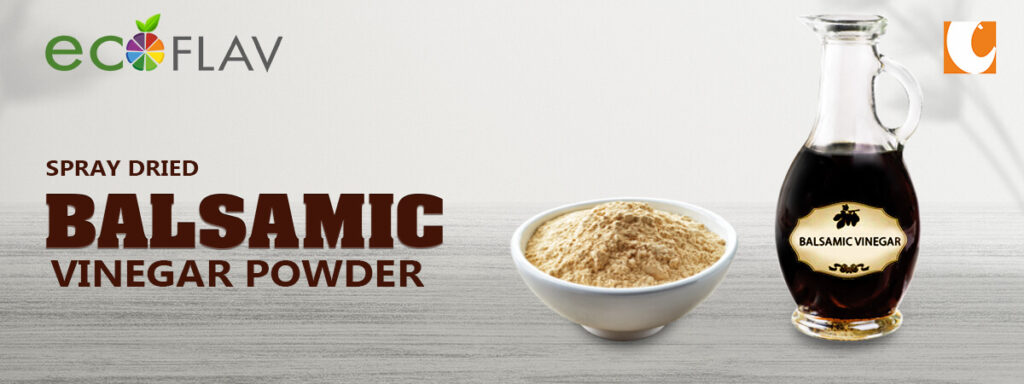
Introduction
Balsamic vinegar powder is a unique and versatile ingredient that has gained popularity among culinary enthusiasts. Made from the same high-quality balsamic vinegar, this powder offers a concentrated form of the beloved condiment. The conversion from liquid to powder allows for enhanced portability and extended shelf life without compromising its distinct flavor profile. It has long been cherished in the culinary world for its sweet and tangy flavor profile, making it a favourite addition to salads, marinades, and various dishes. In this blog, we’ll take a deep dive into this culinary gem, exploring its origin, uses, benefits and why it’s a must-have in your spice rack.
The Origins of Balsamic Vinegar Powder
Balsamic vinegar powder is a relatively recent innovation, born from the desire to capture the essence of traditional balsamic vinegar in a convenient, shelf-stable form. It starts with high-quality balsamic vinegar, which is slowly reduced to a concentrated liquid. This concentrated liquid is then transformed into powder through a process that involves dehydration. The result is a fine, aromatic powder that encapsulates the rich flavor of balsamic vinegar.
The Versatility of using Balsamic powder in cooking
The versatility of balsamic vinegar powder in cooking is truly remarkable. This unique culinary ingredient offers a wide range of possibilities that can elevate any dish. Its concentrated flavor allows you to achieve the rich taste of traditional balsamic vinegar without the need for liquid vinegar. With its ability to transform ordinary dishes into extraordinary ones, balsamic vinegar powder truly unlocks the magic within your culinary creations. Here are some of the applications in cooking:
Seasoning: Balsamic vinegar powder is a fantastic seasoning for a wide range of dishes. It adds a burst of balsamic flavor without the need for liquid vinegar.
Marinades and Rubs: Incorporate it into marinades and rubs for meats to infuse them with a sweet and tangy character.
Salad Dressings: Create homemade salad dressings with balsamic vinegar powder for a unique twist on classic flavours.
Snack Enhancement: Some adventurous snackers use balsamic vinegar powder as a seasoning for popcorn, chips, or nuts for an exciting flavor boost.
Dry Mixes: It’s a valuable ingredient in dry seasoning blends for roasted vegetables, grilled meats, and more.
Sauce and Gravy Thickener: The powder can thicken sauces and gravies while simultaneously enhancing their flavor.
Health Benefits of Using Balsamic Vinegar Powder in Your Dishes
Using balsamic vinegar powder in your dishes not only adds a burst of flavor but also offers numerous health benefits. This culinary delight is packed with antioxidants, which help combat free radicals and protect your cells from damage. Additionally, balsamic vinegar powder has been found to have anti-inflammatory properties, reducing the risk of chronic diseases such as heart disease and diabetes. Its acidity aids in digestion by stimulating the production of digestive enzymes, promoting a healthy gut. Furthermore, this magical ingredient contains acetic acid, which has been associated with weight loss by increasing feelings of fullness and reducing appetite. Balsamic vinegar powder is also known to regulate blood sugar levels and improve insulin sensitivity, making it an excellent choice for individuals with diabetes or those looking to manage their blood sugar levels effectively.
Exploring Culinary Creativity:
Balsamic vinegar powder opens up a world of culinary creativity. Its concentrated flavor allows you to experiment with dishes in ways you might not have considered before. Imagine using it as a pizza topping for a unique twist on the classic margherita, or incorporating it into a glaze for roasted vegetables to elevate their taste to a whole new level.
Conclusion:
Balsamic vinegar powder is a culinary delight that deserves a place in every kitchen. Its versatility, convenience, and concentrated flavor make it a valuable addition to your spice collection. Whether you’re an amateur chef experimenting with new flavors or an experienced cook looking to streamline your recipes, balsamic vinegar powder is sure to become your secret weapon for adding depth and character to your dishes. Give it a try, and unlock the magic of balsamic vinegar in powder form!

